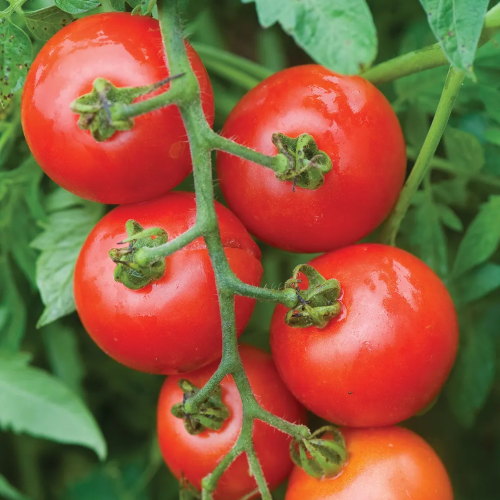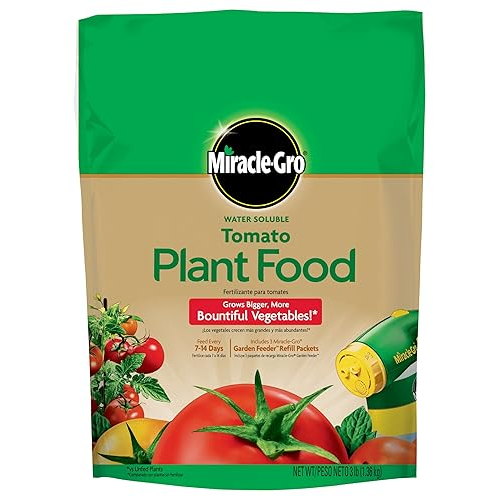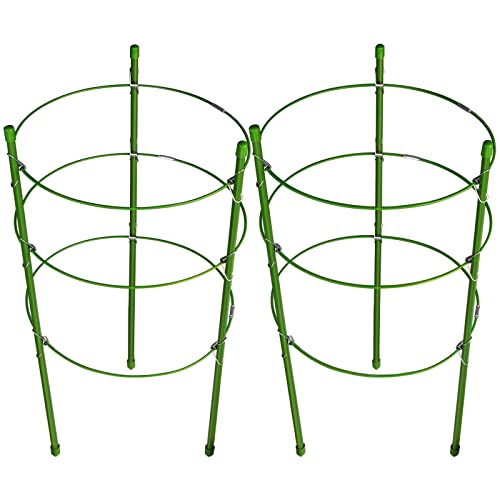Tomato leaves can curl for 4 common reasons – an expert grower reveals simple, fast fixes for each to keep plants healthy and preserve your harvest
Curling leaves is a common sign that something is not right with tomato plants, but it need not be a reason to panic
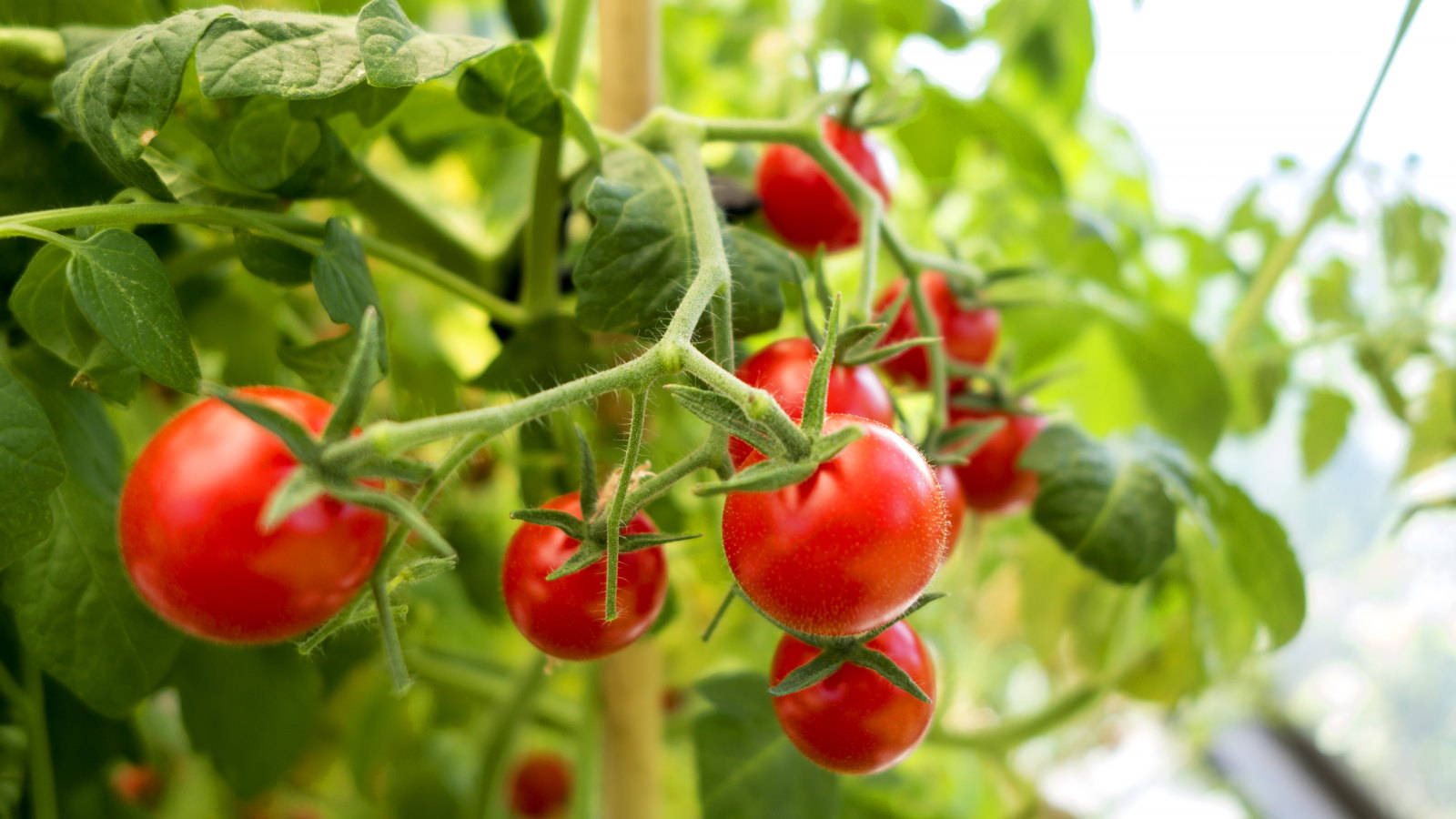

Growing tomatoes can be simple and full of delights, from seeing the first yellow flowers appear to picking that first ripe tomato from the plant. However, there are some not-so-welcome sights, and that includes tomato leaves curling.
Tomato leaf curl is a common issue among growers worldwide. It can result from various factors, including weather, watering issues, pests, diseases, and nutrient deficiencies. The good news is that most cases can be easily prevented or treated, especially when identified quickly.
When you are growing tomatoes and see leaves curling, don’t get too disheartened. This guide examines the common causes of tomato leaf curl and provides simple solutions for addressing these issues.
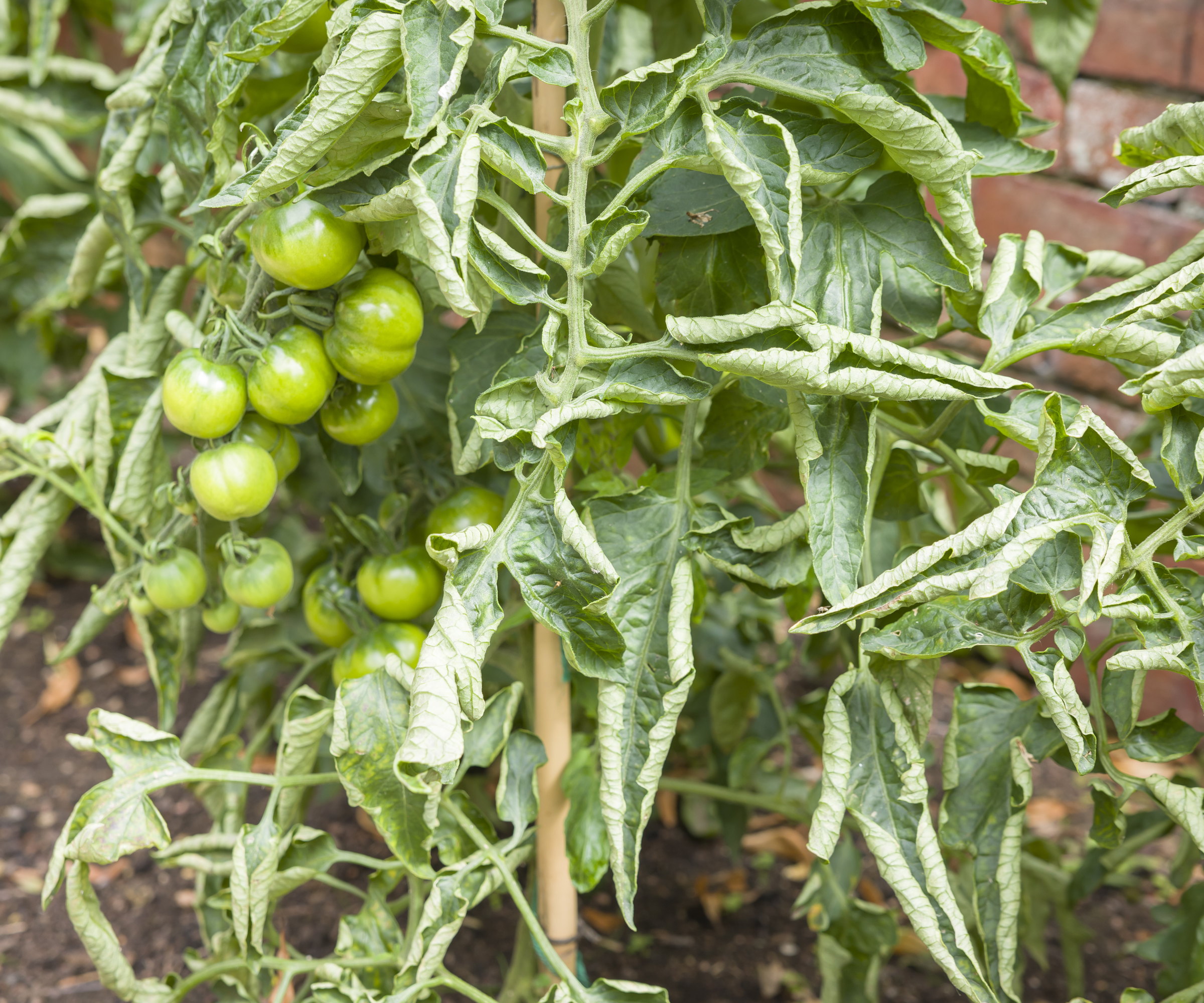
What is tomato leaf curl?
Tomato leaf curl is where the foliage on plants curls inward as a result of some environmental or physiological problem. The problem often starts on the oldest leaves, and it can be a worrying sight for tomato growers.
Tomato leaf curl is a sure-fire indication that something is not right with the plants, though it does not signal the death knell for tomato plants. It does mean it's time to identify the cause of the issue and put measures in place to rectify it, so your tomato harvest is not ruined.
The common causes of tomato leaf curl, and how to fix it
Below, we outline some of the most common causes of tomato leaf curl, along with what you can do to fix the problem.
1. Problems with watering

Tomatoes like consistently moist soil throughout the season, and a lack of water can cause plants to curl their foliage as they desperately try to conserve water, especially during warmer periods. Drying out is especially a risk when you grow tomatoes in pots.
Design expertise in your inbox – from inspiring decorating ideas and beautiful celebrity homes to practical gardening advice and shopping round-ups.
At the other end of the scale, overwatering plants can also cause leaf curl. As well as curling, tomato leaves turning yellow is another tell-tale sign of excess moisture in the soil.
Consistency is key with watering tomatoes. This includes regularly checking the moisture levels in the soil, and deep watering rather than a little and often approach.
One effective way to achieve this consistency is by using a soil moisture meter to check the moisture levels beneath the surface. A meter like this soil moisture meter at Amazon can provide quick readings to help you confidently determine when to water plants.
Mulching around plants is also a recommended method of retaining more moisture in the soil and preventing it from drying out too quickly.
2. Temperature issues
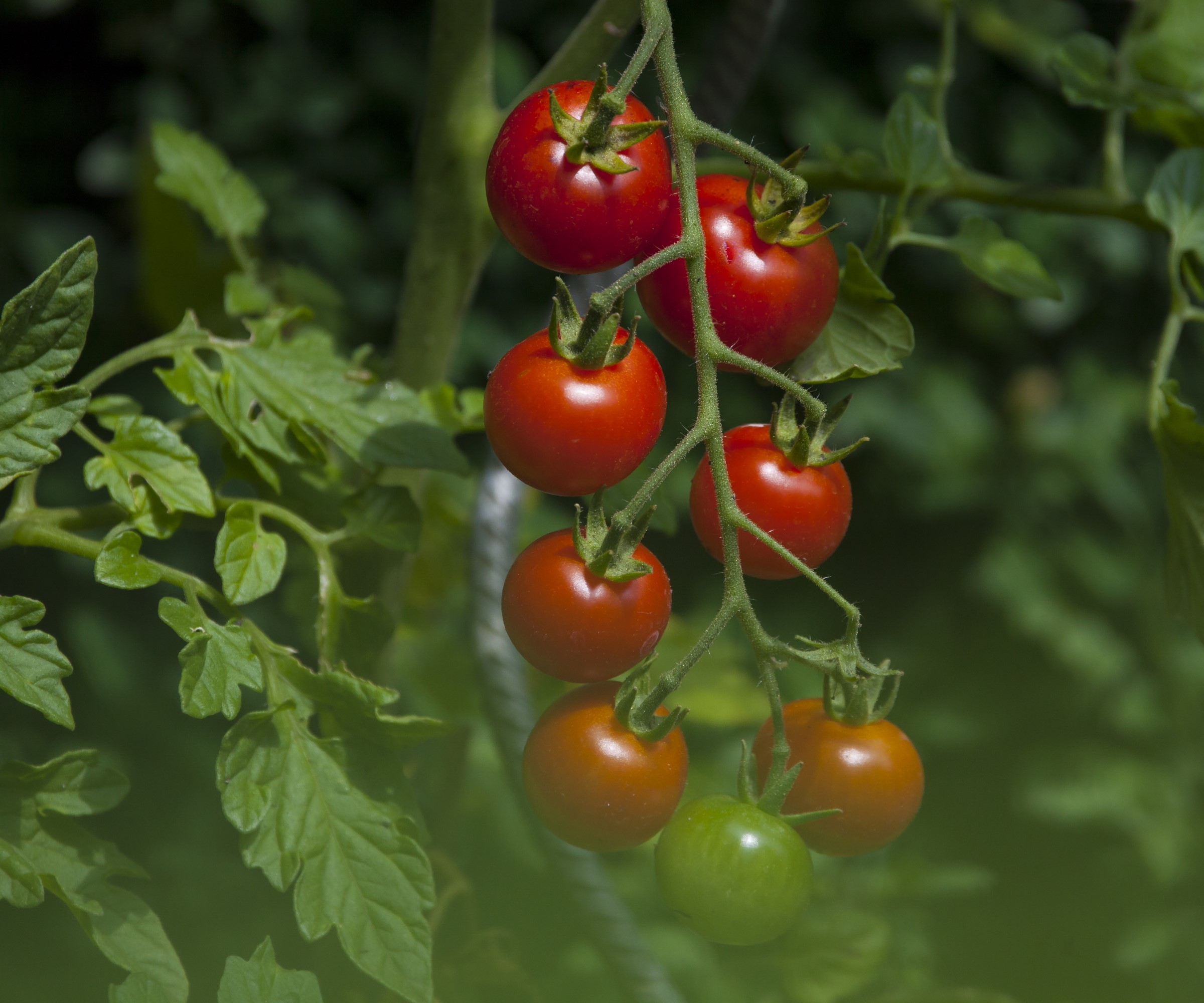
Every gardener knows that tomato plants like growing in a warm, sunny spot. However, the plants can suffer from stress during periods of warmth when temperatures are regularly over 90°F.
As a reaction to such high temperatures, they curl their leaves to conserve water. Reducing the surface area means less transpiration, as the plant tries to hold onto the moisture it has.
In warmer climates, it may be beneficial to plant tomatoes in a spot that gets afternoon shade to protect them from the scorching temperatures.
Alternatively, move plants out of direct sunlight if they are in pots or use shade cloth to provide plants with cover from intense sunlight. Choose a cloth like this 40% shade cloth available at Walmart, as a fabric that is too thick will decrease the sunlight too much for tomatoes.
Tomato plants also dislike cold, and that can cause leaves to curl, too. If temperatures drop below 54°F, the leaves can curl inwards as a protective measure.
It is key not to plant tomatoes outdoors too early in spring; wait until the temperatures rise. And to always harden off plants to get them accustomed to outdoor temperatures for a few weeks before planting.
If you are growing tomatoes in windy sites, giving them a protected spot is beneficial, as cold winds can scorch the edges of leaves and cause them to curl.
3. Pest or disease problems

Tomato leaf curl can often be due to environmental stressors, but not always.
There are tomato pests that cause tomato leaf curl, including aphids, whiteflies, thrips, spider mites, and broad mites. Sap-sucking pests feast on leaves and stems, and can commonly be seen clustered on the underside of leaves.
If you have spider mites, whiteflies, or aphids on tomato plants, they can be removed with a jet of water or sprayed with insecticidal soap (like this ready-to-use insecticidal soap at Walmart). Using tomato companion plants can also repel pests or attract beneficial natural predators to eat pests.
Another downside to pests is that they can spread tomato diseases. And some problematic viral diseases include curling leaves among their symptoms. These include leaf spot, mosaic virus, and tomato yellow leaf curl virus.
It is advisable to look for disease-resistant tomato varieties and always use sterilized and sharp pruning shears whenever you prune tomato plants, as diseases can be transmitted from plant to plant by dirty tools.
Taking as many precautions as possible against diseases helps because, unfortunately, the recommended route for plants with viral diseases is to remove them to prevent the spread. Affected plants need to be properly disposed of and never used to make compost.
4. A lack of nutrition

Tomatoes are hungry plants that require lots of nutrients to grow and produce fruit throughout the season. Regularly fertilizing tomatoes is the best way to supply these essential nutrients. When the plants are deficient, it can mean the leaves start to curl.
Plants with an excess of nitrogen will produce too much foliage, making it unsustainable for the plant to support all this lush growth and causing the leaves to curl. On the other hand, a lack of potassium or phosphorus can often manifest itself in stunted growth or curling leaves.
To get to the bottom of the cause, conducting a soil test will identify a lack or excess of any nutrients. A simple soil test kit, like this one at Amazon, can give professional analysis on 13 nutrient levels in the soil.
A specially formulated fertilizer for tomatoes is often the best course of action, though there are options if you want to make your own tomato fertilizer.
FAQs
How do you tell if tomatoes are overwatered?
When it comes to how much water tomato plants need, they generally need about an inch or two of water weekly. However, this can vary depending on the weather, rainfall, and whether the plants are in the ground, raised beds, or containers.
Overwatered tomato plants can wilt, droop, and have yellow leaves. In addition, the fruit can crack or split, and there may be green mold on the soil surface due to excess moisture.
As well as tomato leaf curl, another unwanted sight will be tomato plants not fruiting. There may be occurrences when you get flowers, but no fruits, as blossom drop can occur before the flowers are pollinated.
Causes of blossom drop include temperatures being too high or too cold, or excess nitrogen in the soil. If your plants suffer from a lack of pollination, you can try ‘tomato tapping’ and shake plants to distribute pollen from flower to flower, or you can hand-pollinate plants and move pollen with cotton swabs or a toothbrush.

Drew has worked as a writer since 2008 and was also a professional gardener for many years. As a trained horticulturist, he worked in prestigious historic gardens, including Hanbury Hall and the world-famous Hidcote Manor Garden. He also spent time as a specialist kitchen gardener at Soho Farmhouse and Netherby Hall, where he grew vegetables, fruit, herbs, and cut flowers for restaurants. Drew has written for numerous print and online publications and is an allotment holder and garden blogger. He is shortlisted for the Digital Gardening Writer of the Year at the 2025 Garden Media Guild Awards.
You must confirm your public display name before commenting
Please logout and then login again, you will then be prompted to enter your display name.
